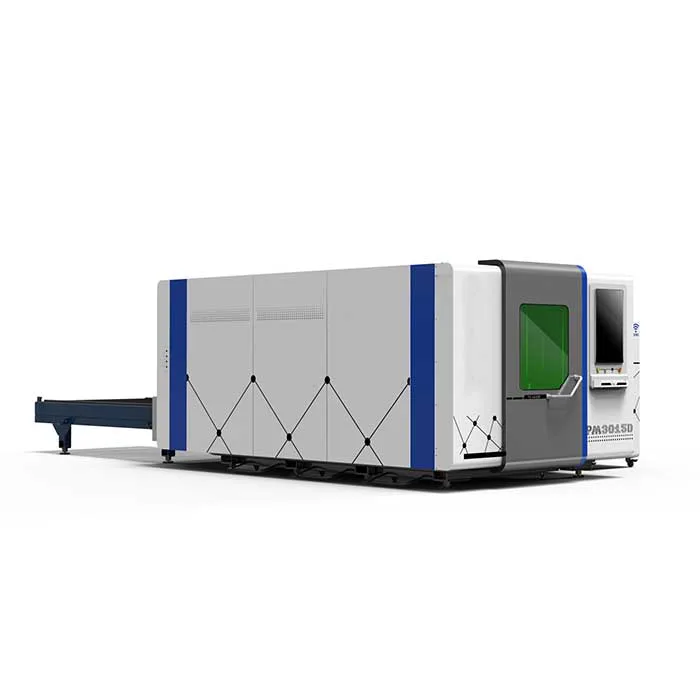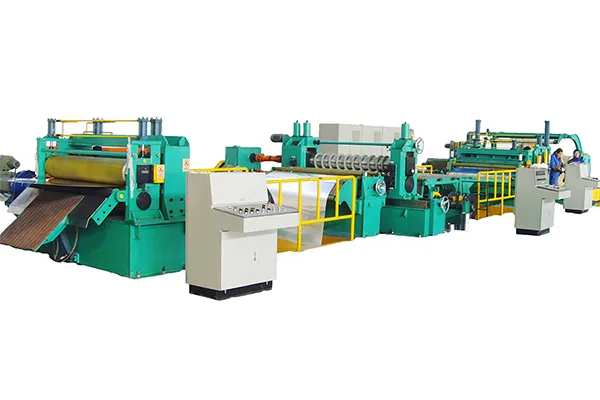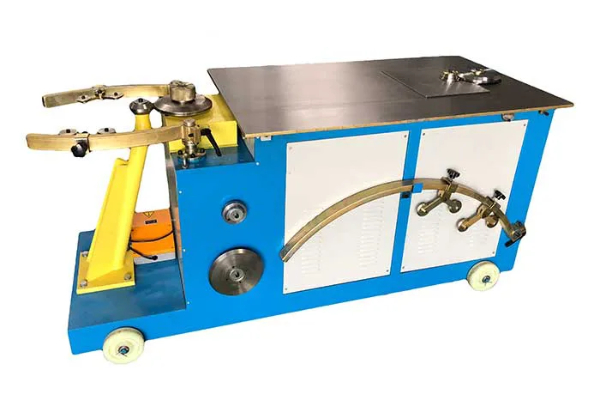
How to Choose the Best Metal Plate Bending Machine for Thin vs. Thick Materials
- By:Metmac
- 2024-08-29
- 131
Choosing the best metal plate bending machine for your specific application is crucial to ensure optimal performance and efficiency. Whether you’re dealing with thin or thick materials, there are key considerations to keep in mind. This article will guide you through the critical factors you need to evaluate when selecting the right machine for your needs.
Machine Capacity
The machine capacity determines the maximum thickness and width of the metal plates it can bend. For thin materials, a machine with a lower capacity may suffice. However, for thick materials, you’ll need a machine with a higher capacity to avoid damaging the plates or overloading the equipment.
Bending Radius
The bending radius refers to the minimum radius to which the machine can bend the metal plates. For thin materials, a smaller bending radius allows for tighter bends. Conversely, thick materials require a larger bending radius to prevent cracking or deformation.
Material Strength
The strength of the metal plates being bent is a significant factor. Thin materials, such as aluminum or stainless steel, have lower yield strengths and can be bent with less force. Thick materials, like steel or titanium, require higher bending forces and a machine robust enough to handle them.
Bending Angle
The bending angle determines the sharpness of the bend. Machines vary in their maximum bending angles. For thin materials, a wider range of bending angles is possible. Thick materials, on the other hand, may have limitations on the bending angle due to their higher resistance to deformation.
Production Volume
The production volume you require will influence the machine’s speed and efficiency. For low-volume applications, a manual or semi-automatic machine may suffice. However, for high-volume production, an automated machine with faster cycle times would be more appropriate.
Safety Features
Safety is paramount in any metalworking operation. Choose a machine that complies with industry safety standards and incorporates features like protective guards, emergency stop buttons, and anti-pinch mechanisms.
Conclusion
Selecting the best metal plate bending machine for thin or thick materials requires careful consideration of the machine’s capacity, bending radius, material strength, bending angle, production volume, and safety features. By evaluating these factors thoroughly, you can ensure that you choose a machine that meets your specific requirements and optimizes your metalworking operations.
-
Mastering Form and Force: A Guide to Modern Metal Plate Bending Machines
2025/12/16 -
Demystifying Sheet Metal Laser Cutting Machine Price: The METMAC Value Perspective
2025/12/16 -
Metal Sheet Machinery: The Engine of Modern Fabrication and the METMAC Advantage
2025/12/16 -
Beyond the Bend: The Power and Precision of the Modern Sheet Profile Machine
2025/12/16
-
Advanced Sheet Metal Rolling, Laser Cutting, and Folding Machines for Precision Fabrication
2025/10/31 -
High-Performance Sheet Metal Bending and Cutting Machines for Modern Fabrication
2025/10/31 -
High-Quality Sheet Metal Equipment for Sale: Efficient Solutions for Modern Manufacturing
2025/10/31 -
High-Performance Sheet Metal Equipment for Sale: Forming and Shearing Solutions for Modern Fabrication
2025/10/22
-
A Guide to the Latest Innovations in Sheet Metal Folding Machines
2024/11/29 -
Key Features to Consider When Investing in a Sheet Metal Folding Machine
2024/11/28 -
Enhancing Precision with Advanced Sheet Metal Folding Machines
2024/11/27 -
How to Choose the Right Sheet Metal Folding Machine for Your Workshop
2024/11/26







